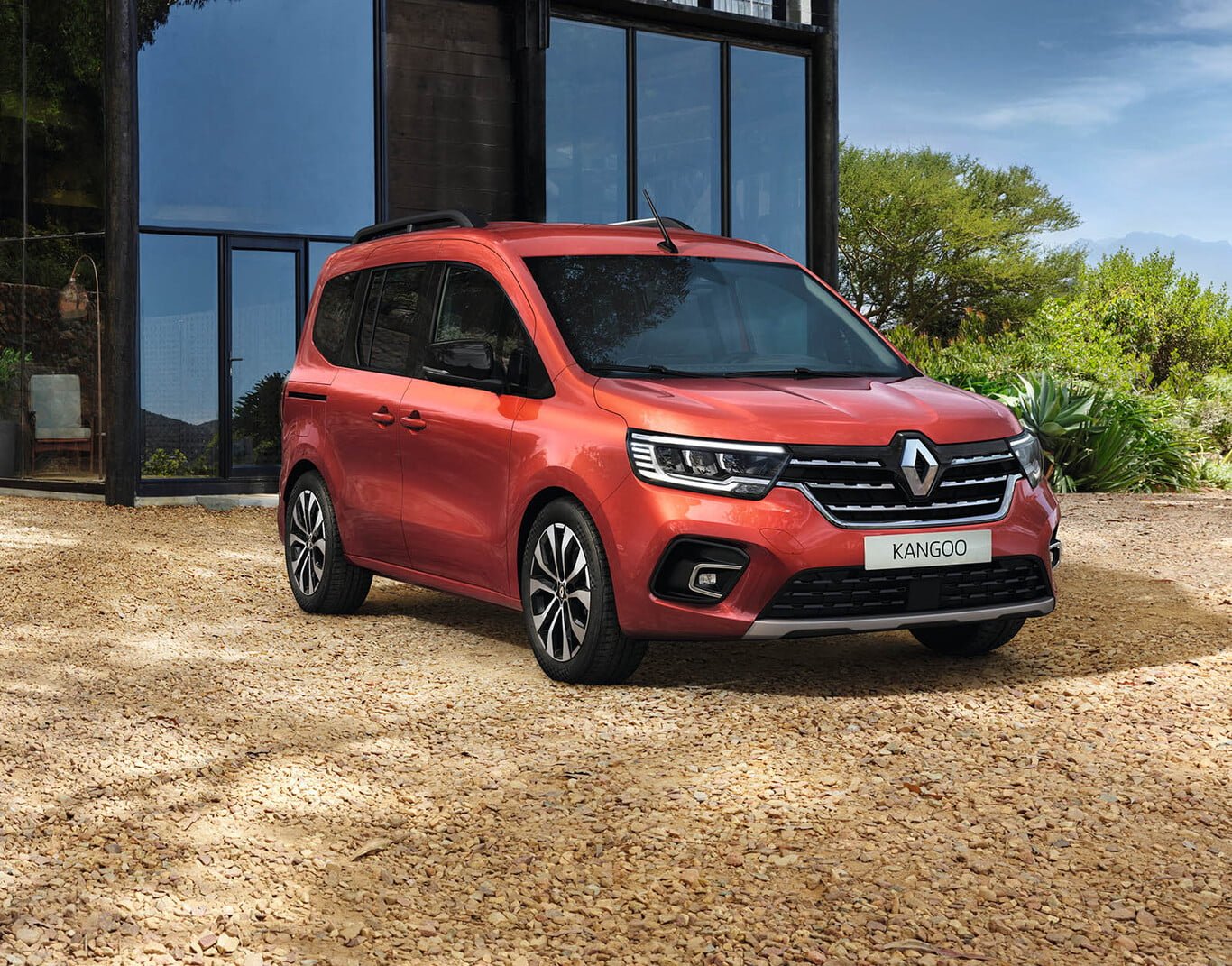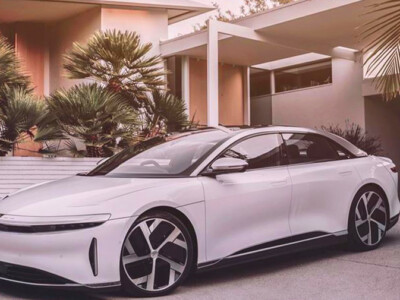
Goodbye to the lively curved design of the previous Renault Kangoo. For the third generation, the sporty style of Kangoo is more serious, comparable to the Citroën Berlingo and Peugeot Rifter. The passenger version of Renault Kangoo is now called “Kangoo Combi”. Its design is inspired by the Z.E. concept car launched in April 2019; its lines are now more angular, and the style is more serious.
It’s not that the previous generation was ugly, but the design of the huge Playmobil toy no longer corresponds to the new character of Kangoo. This change in aesthetic language prepared Kangoo for its new role: replacing the Renault Scénic. With the withdrawal of the Scénic from the market, the new Kangoo will be Renault’s recommendation for those seeking a versatile and spacious family car.
A more tourism-oriented and less industrial Renault Kangoo
Onboard, the new Kangoo inherits elements from Renault Clio and Captur, such as the multifunction steering wheel and climate control buttons, as well as customary elements on the dashboard. More importantly, the instrument panel can even be equipped with wood inserts to make it more refined and reduce the industrial air. The range of available driver assistance systems will be updated. As a standard or optional feature, it must have emergency automatic braking, lane assistant, and blind-spot warning, as these are essential elements for achieving good results in the EuroNCAP test.
Renault also promised to improve build quality. All these developments will benefit the future Mercedes Clase T sedan and its electric derivative EQT. Like the current Mercedes Chitan, the new light industry of Mercedes will result from cooperation with Renault. In principle, side openings with sliding doors and without center pillars will be reserved for the industrial version, offering a choice between two body lengths.
In addition, Kangoo vans will be available in two lengths, and manual transmissions and diesel, petrol, and electric versions of automatic transmissions will be recommended. The usable volume of the standard version is 3.3 to 3.9 m³, and the effective volume of the long version is 4.2 to 4.9 m³. Therefore, Kangoo Combi will only provide short seat versions and five-seat configurations.
In terms of equipment, we know it will be equipped with a digital rearview mirror via the permanent rearview camera, a trailer assistance system, and Advanced Emergency Braking System (AEBS) for stability control. The new Renault Kangoo will be launched in the market in March 2021. More details about the new Kangoo will be revealed during the month of February.







